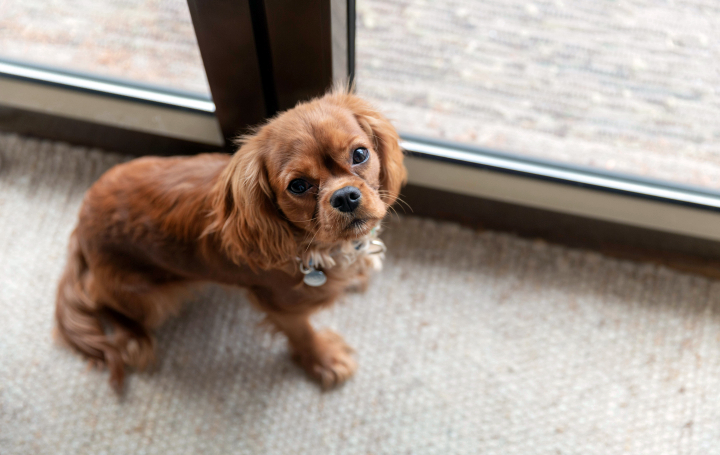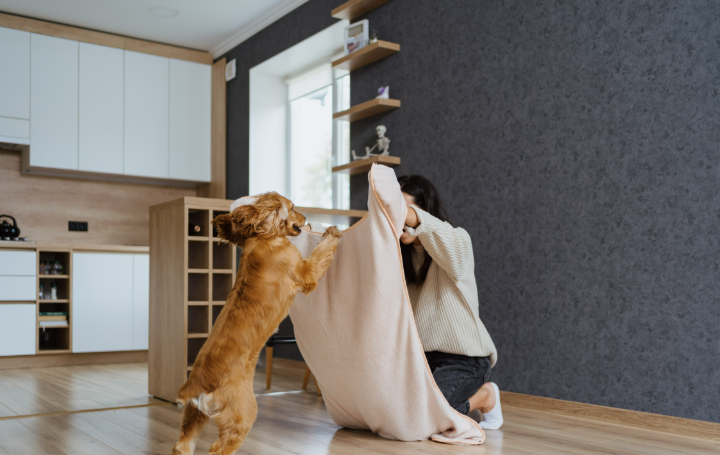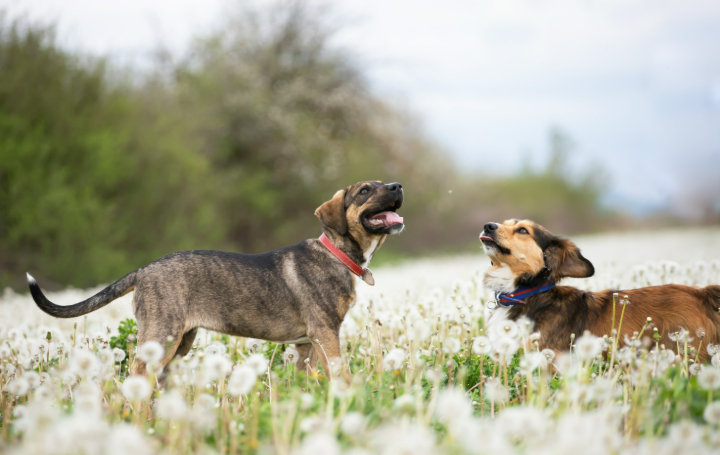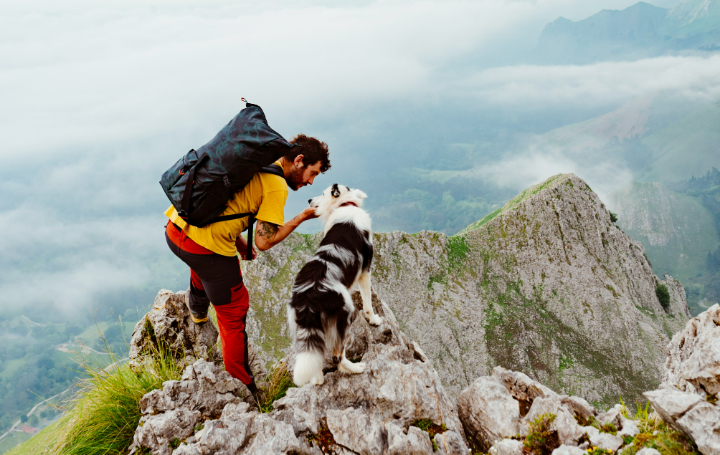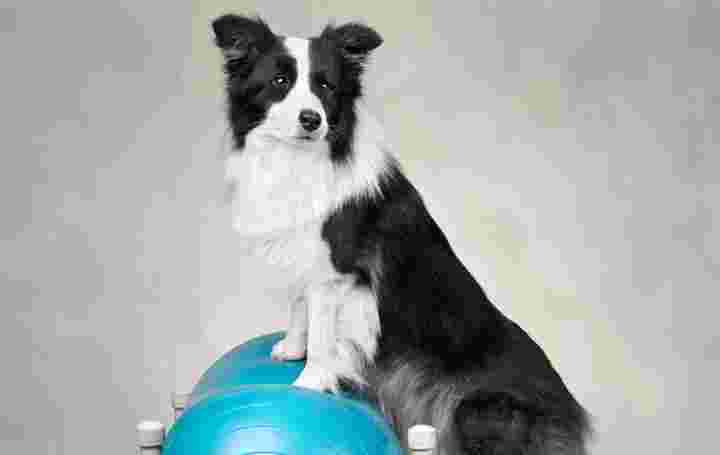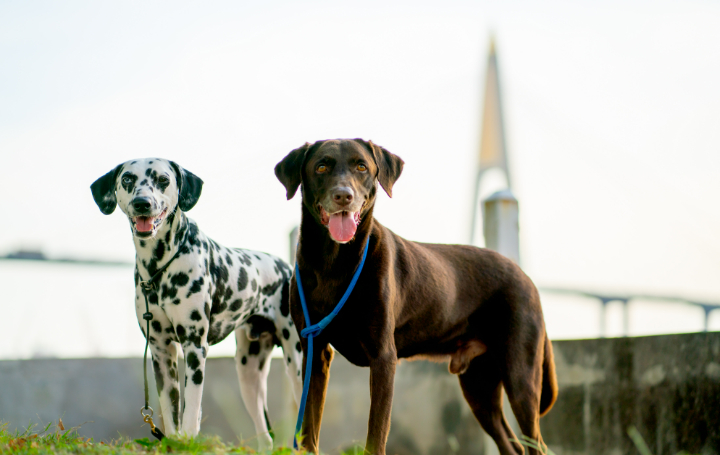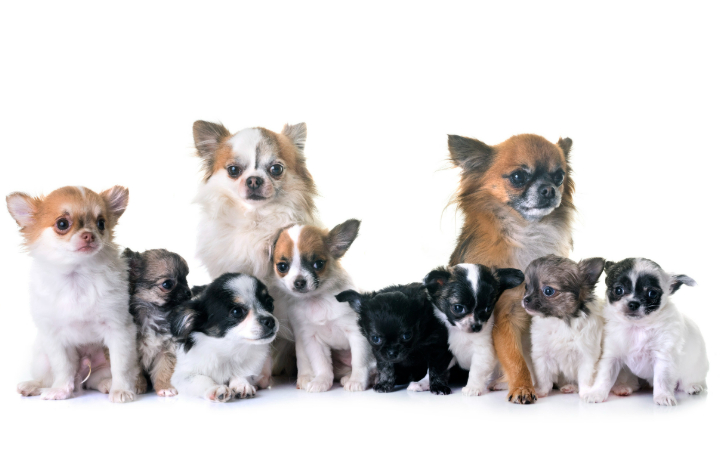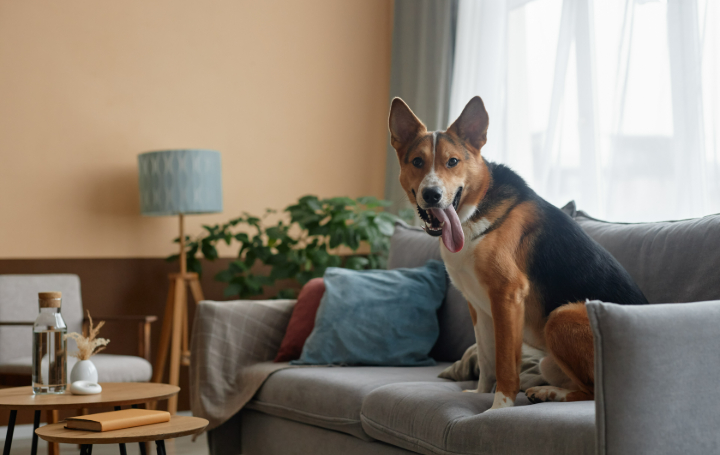Understanding Dog Separation Anxiety: Symptoms and Solutions
If you’ve ever come home to chewed-up shoes, a puddle of pee, or a guilty-looking dog hiding under the couch, you might have encountered a common issue many pet owners face: separation anxiety. Just like us, dogs can get anxious when they’re left alone, but their reactions might not always be what we expect. Understanding the signs of separation anxiety in dogs and knowing how to address it can help you keep your furry friend happy and healthy.
What Is Separation Anxiety?
Separation anxiety in dogs is when a dog become extremely anxious or distressed when they are separated from their human family members. This can happen when you leave for work, go out to run errands, or even just step out of the room for a few minutes. For some dogs, the anxiety is mild, but for others, it can be severe, leading to destructive behavior and physical symptoms.
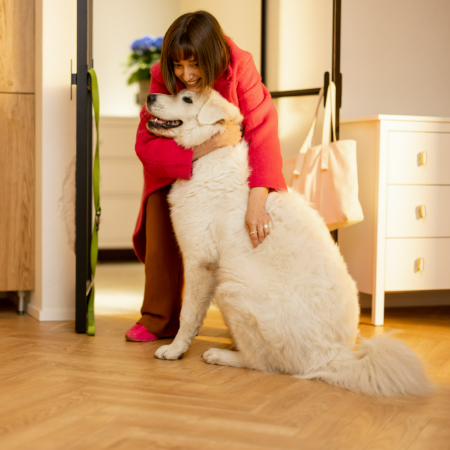
While it’s natural for dogs to miss their humans, separation anxiety goes beyond just feeling lonely. It’s a distressing condition that can affect a dog’s mental and physical well-being if left untreated. But don’t worry – understanding the symptoms and finding solutions can make a world of difference for your dog.
Symptoms of Separation Anxiety
Every dog is different, so the signs of separation anxiety can vary from one dog to another. Here are some common behaviors to look out for:
Destructive Behavior: One of the most obvious signs is destructive behavior when you’re not home. This can include chewing furniture, shoes, or anything else they can get their paws on. Dogs with separation anxiety often chew or dig to soothe themselves.
Excessive Barking or Howling: Dogs with separation anxiety might bark, whine, or howl excessively when left alone. This is their way of expressing distress and trying to call you back.
Accidents Inside: Even if your dog is house-trained, anxiety can cause them to have accidents inside the house. They may urinate or defecate in the house when you’re away, even if they can hold it when you’re home.
Escaping: Some dogs may try to escape when left alone, especially if they feel trapped or confined. This can lead to them damaging doors, windows, or fences in their attempts to get out.
Pacing and Restlessness: Dogs with separation anxiety often pace back and forth or act restless when they realize you’re about to leave or after you’ve gone. This is a sign of their anxiety and unease.
Excessive Drooling: If your dog starts drooling excessively when you’re about to leave, it may be a sign of separation anxiety. It’s their way of coping with their stress.
Clinginess and Over-Attachment: Some dogs with separation anxiety become overly attached to their owners. They might follow you from room to room or refuse to be left alone, even for short periods.
Causes of Separation Anxiety
Understanding the root causes of separation anxiety is key to managing and preventing it. Here are a few common triggers:

Past Trauma: Dogs that have been abandoned, rehomed, or had a traumatic experience (like staying at a shelter) may develop separation anxiety. Their fear of being left alone comes from past abandonment or insecurity.
Changes in Routine or Environment: Moving to a new house, a change in work schedule, or even changes in family dynamics (like a new baby or pet) can trigger separation anxiety in dogs.
Lack of Socialization: Dogs that haven’t been properly socialized or accustomed to being left alone may struggle when they are finally separated from their owners.
Genetics: Some dogs are simply more predisposed to anxiety due to their breed or genetics. Certain breeds, like Border Collies, Labrador Retrievers, and German Shepherds, are known to be more prone to separation anxiety.
Solutions for Separation Anxiety
If your dog is showing signs of separation anxiety, don’t worry. There are many strategies and solutions that can help alleviate their distress and improve their quality of life.
Desensitization and Gradual Departures: One of the most effective ways to help a dog with separation anxiety is to slowly get used to being alone. Start by leaving them for short periods and gradually increasing the time you’re away. For example, begin by leaving your dog for just five minutes and slowly build up to longer periods. This helps them understand that being alone isn’t a big deal.
Create a Safe Space: Sometimes, a dog feels anxious because they don’t have a “safe zone” when you’re gone. Consider setting up a designated area with their favorite bed, toys, and some calming items like an item of clothing with your scent. This can help them feel secure when you’re away.
Exercise and Mental Stimulation: A tired dog is a happy dog! Make sure your dog gets plenty of physical and mental exercise before you leave the house. Taking them for a long walk or play session before you go can help burn off extra energy and make them more likely to relax while you’re gone.
Use Puzzle Toys and Treat Dispensers: To distract your dog and keep them occupied, try using puzzle toys or treat dispensers. These toys require your dog to figure out how to get the treat, keeping their mind busy and distracted while you’re out.
Keep Departures and Arrivals Low-Key: Dogs are very sensitive to your emotions, so making a big deal out of leaving or coming home can trigger anxiety. Try to keep your departures and arrivals calm and uneventful. When you leave, don’t make a scene. And when you come back, resist the urge to shower your dog with attention right away. Wait for them to calm down before you greet them.
Counter-Conditioning: This technique involves changing the way your dog associates your departure with something positive. For example, you can give your dog a special treat or toy that they only get when you’re gone. This helps them associate your absence with something pleasant instead of stressful.
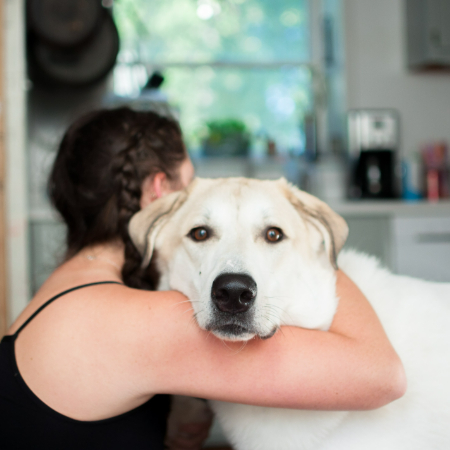
Calming Aids and Products: There are a variety of products that can help soothe your dog’s anxiety. Consider using calming collars, sprays, or diffusers that release soothing scents like lavender or pheromones. Some dogs also benefit from calming music or white noise to help drown out the sounds that might trigger their anxiety.
Professional Help: If your dog’s separation anxiety is severe or doesn’t improve with at-home solutions, it may be time to seek professional help. A veterinarian or animal behaviorist can provide expert guidance on how to manage your dog’s anxiety. In some cases, medication might be prescribed to help manage the symptoms.
Conclusion
Separation anxiety can be challenging, but with patience, consistency, and the right approach, most dogs can learn to cope with being alone. Remember, every dog is different, so it may take some trial and error to find what works best for your furry friend.
By understanding the symptoms, causes, and solutions for separation anxiety, you’re one step closer to helping your dog feel more secure and less stressed when you leave the house. With a little time and effort, your dog will be much happier and more relaxed, and you’ll both be able to enjoy your time together even more.
Doglime for more dog-related information.
Tags
